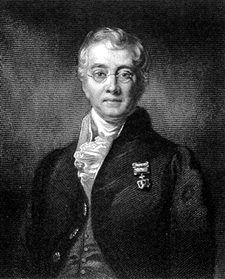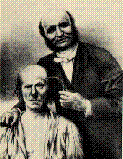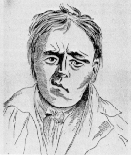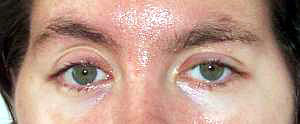Hemifacial Spasm
- Onset
- Adults
- Typically 5th or 6th decade
- Younger patients: Rule out brainstem disease, MS
- Location: Orbicularis oculi muscle
- More common in women
- Contraction pattern
- Synchronous contraction of facial nerve innervated muscles
- Paroxysmal
- Involuntary
- Duration: Up to 1 minute
- May persist during sleep
- Usually unilateral
- Weakness: Unusual
- Triggers: Aggravating factors
- Causes
- Recovery from Bell's palsy
- Associated with synkinesis & contracture
- Dolichoectatic brainstem artery
- Frequency: 30%
- Mechanism: Pressure on VII root entry zone
- Vessels: PICA; AICA; Vertebral
- Brainstem disease
- Idiopathic
- Course: Usually permanent without treatment
- Electrophysiology
- Brief bursts of action potentials
- High frequency (150-400 Hz)
- Normal motor units
- Variable rhythm & amplitude
- Lateral spread response
3
- Stimulation: Facial nerve branch
- Response: In muscles not normally innervated by branch
- Related to cross transmission of facial nerve fibers
- Location: Probably at site of compression
- Treatment
- Botulinum toxin
- Microvascular decompression of VII nerve
- Anticonvulsants
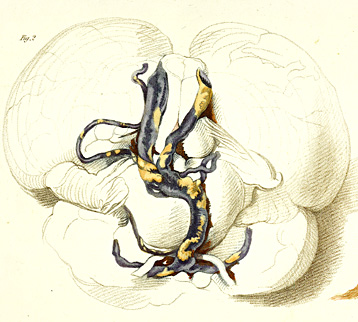
Bright 1831
|
|
